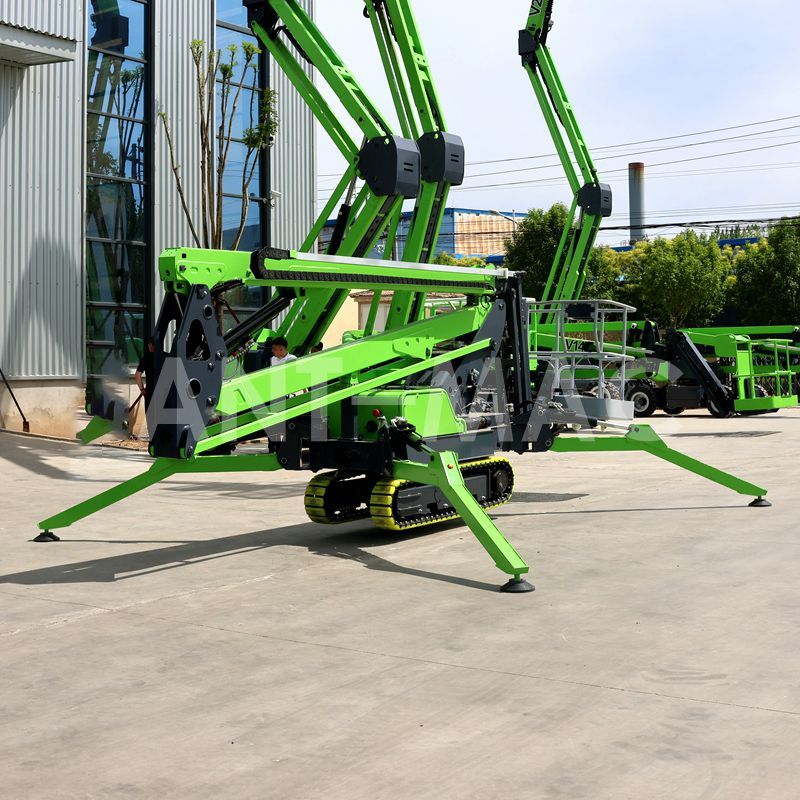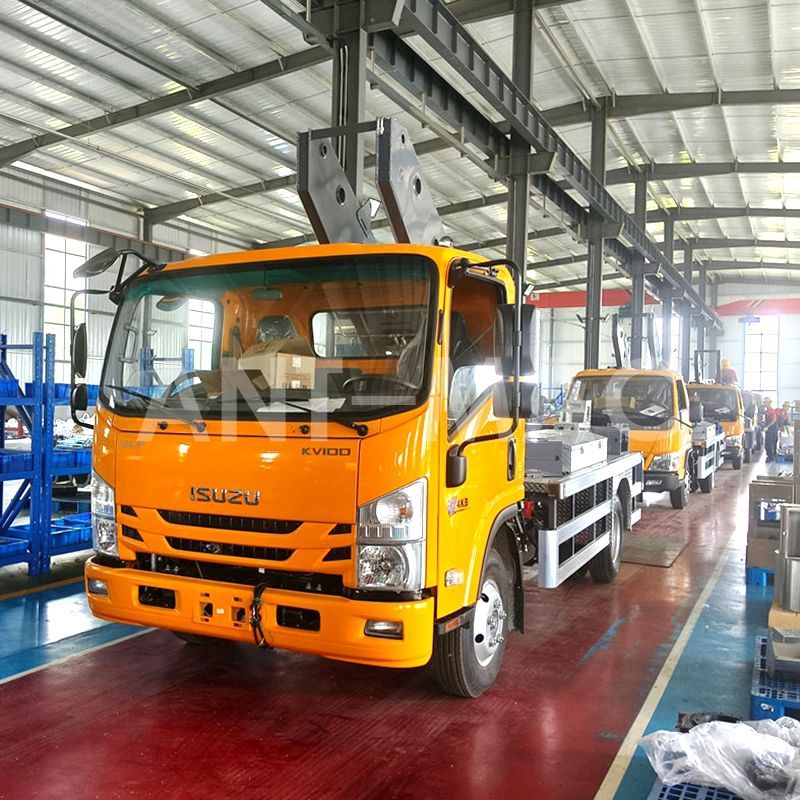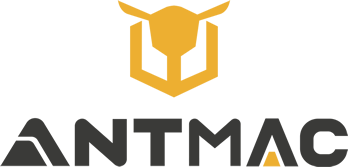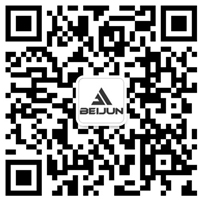Navigating Winter Compliance: Ant’s Aerial Lift Operation Guide for Risk-Averse Managers
Introduction: The Dual Burden of Winter Safety and Compliance
For managers in construction, municipal services, and logistics, winter operations involve more than just worker safety—they require adherence to rigorous regulatory standards. OSHA and local safety authorities enforce strict guidelines for aerial equipment use in cold conditions, where non-compliance can lead to fines, project delays, or legal consequences. Ant Aerial Work Platforms addresses these challenges with its newly released Winter Aerial Lift Operation Guide, combining safety protocols and compliance guidance to help managers effectively mitigate risks and operate within legal requirements.

Understanding Winter Aerial Lift Compliance Standards
The guide begins by detailing key compliance requirements, such as OSHA’s 1926.453 standard mandating regular equipment inspections under extreme weather, along with regional rules for ice and snow removal on work platforms. Specialists at Ant explain how cold conditions impact compliance—for instance, reduced visibility calls for enhanced lighting, while icy surfaces require upgraded fall protection measures.
A winter-specific compliance checklist is included, covering checks like hydraulic fluid viscosity verification, low-temperature battery performance tests, anti-slip surface inspections, and documentation of all pre-operational reviews. A municipal supervisor in Chicago successfully passed an unannounced OSHA inspection using this checklist, stating, “Ant’s truck-mounted aerial lifts transformed compliance from a constant concern into a manageable process.”
How Ant’s Engineering Meets and Surpasses Compliance Demands
Ant’s aerial work platforms are designed with compliance as a core feature. The non-slip platform surfaces maintain OSHA’s required coefficient of friction (≥0.5), even under frosty conditions, and the cold-resistant hydraulic system removes the need for non-compliant makeshift heating solutions. The guide outlines these engineering advantages, illustrating how Ant’s equipment inherently reduces compliance-related risks.
For example, Ant’s automated stability control fulfills OSHA’s “active fall protection” criteria for aerial lifts, and the batteries’ performance in low temperatures exceeds industry benchmarks for operational reliability. A New York-based construction firm avoided a $15,000 OSHA penalty after adopting Ant’s truck-mounted aerial work platforms, as the integrated safety components met all winter compliance specifications.
Risk Mitigation: Reducing Liability and Ensuring Peace of Mind
Compliance extends beyond avoiding penalties—it minimizes liability exposure. The guide presents real cases where teams averted accidents and litigation by implementing Ant’s winter procedures. One logistics center in Michigan prevented a slip-and-fall incident using Ant’s anti-slip platforms and battery maintenance guidance, avoiding an estimated $250,000 in legal costs.
The guide also discusses risk transfer—how utilizing compliant, winter-optimized equipment can reduce insurance premiums. Through partnerships with major construction insurers, Ant offers discounted rates to teams operating Ant aerial lifts, as the equipment’s safety attributes lower claims frequency. This provides managers measurable savings beyond basic compliance.
Training and Documentation: Sustaining Compliance Over Time
The guide underscores that compliance is an ongoing effort, requiring continuous training. Ant provides complimentary online training for equipment operators, focusing on winter-specific competencies such as maneuvering on ice, battery care, and hydraulic system inspections. Printable training logs and documentation templates included in the guide help managers maintain compliance records and demonstrate due diligence.
A construction manager from Pennsylvania shared that after training his team using Ant’s guide, “we moved from fearing winter audits to consistently passing them.” Integrating compliant equipment, skilled operators, and thorough record-keeping fosters a safety-first culture that goes beyond regulatory mandates.
Conclusion: Partner with Ant for Compliant Winter Operations
Winter compliance in construction need not be a source of stress. The Ant Aerial Work Platforms Winter Operation Guide offers managers a practical, structured approach to fulfilling regulations, minimizing liability, and protecting personnel. With compliance-centered design, detailed checklists, and training support, Ant simplifies the challenges of winter aerial equipment use.
Download the guide today, or reach out to Ant’s sales team to learn more about their winter-ready, compliant aerial work platforms. This season, keep your focus on project success—not compliance issues—with Ant as your partner.
 Dual-Chain Telescopic Boom Sys
Dual-Chain Telescopic Boom Sys
 Russian
Russian
